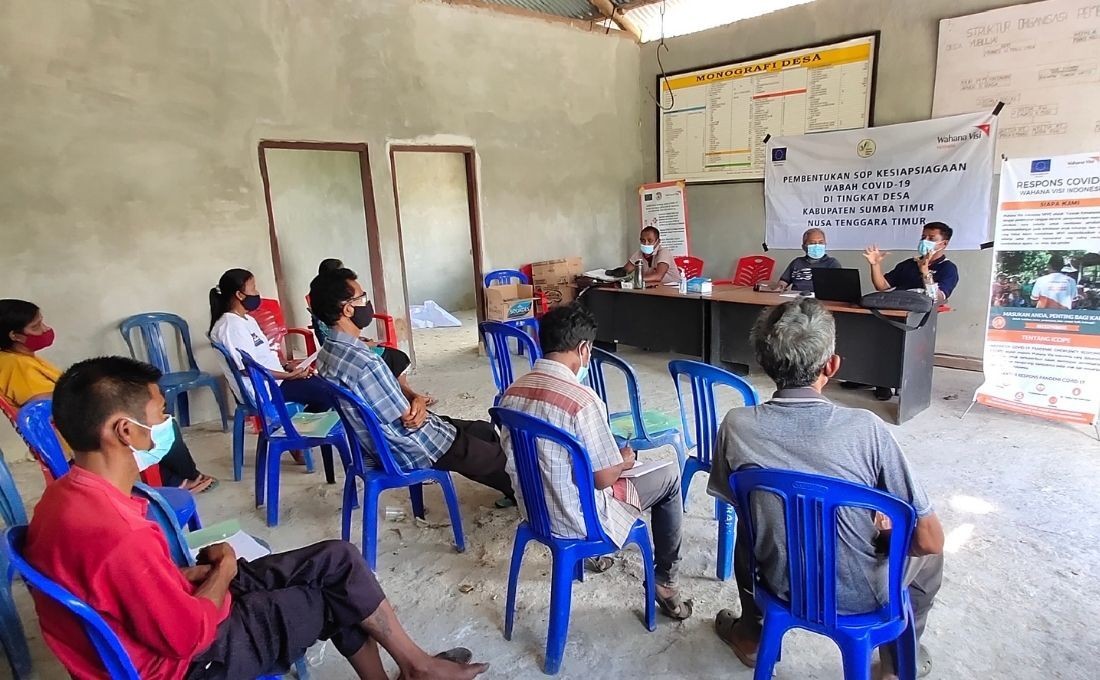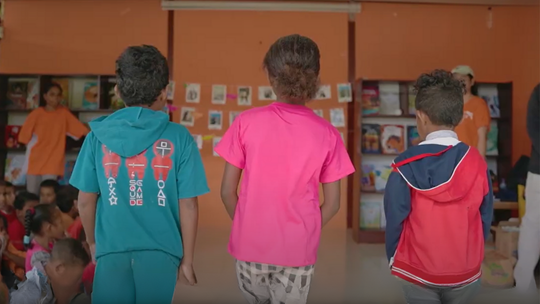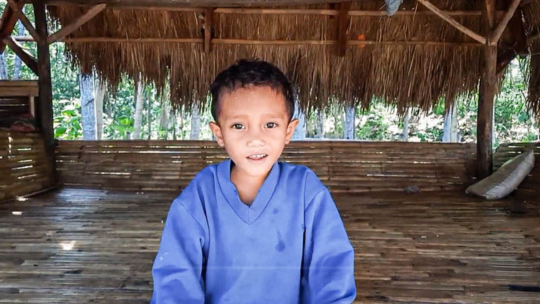Accelerating COVID-19 Vaccination for Rural Residents in East Sumba District

One of the key measures in our global fight against the COVID-19 pandemic is the strategy on vaccines and the ability to distribute them to as many people as possible. In Indonesia, the Ministry of Health targeted 70% of people should be fully vaccinated by end of 2021. However, the gap of COVID-19 vaccine was still high especially in rural areas like one of our assisted areas, East Sumba District, in which about 47% population received the first dose and 25% received the second dose by 21 November 2021 based on the report on vaksin.kemkes.go.id.
Accelerating the COVID-19 vaccination rate to higher coverages has proved to be difficult because of the widespread misinformation and the challenge of disseminating accurate information on vaccines to more remote and rural areas. With so much unawareness of the virus and the deep-rooted fear of the COVID-19 vaccine, how can we ensure the goal of building community herd immunity and thereby reducing the impact that COVID-19 has?
I-COPE project of Wahana Visi Indonesia, supported by the European Union, began tackling these issues by launching/reinstating the COVID-19 Task Force in our assisted villages. By understanding their roles and having Standard Operational Procedure (SOP) of COVID-19 vaccination fulfillment at the village level, the Village COVID-19 Task Force began to visit remote communities to disseminate accurate information related to COVID-19 preventive measures including assurance on the safety of the COVID-19 vaccine. They also collected data of people who have not been vaccinated to ensure their vaccination registration. These efforts were aimed to combat any misinformation and schedule the vaccination immediately.
Initially, we started by providing training related to COVID-19 preventive measures, identifying and segregating the COVID-19 task force job descriptions which facilitated by multi-stakeholders like Disaster Management Agency, District Health Officer, and Public Health Center. We did these actions due to the task force team were still lack of awareness and understanding of their roles.
“We are as Village COVID-19 Task Force did not understand what our job is. Then, most of the villagers here were hesitant to be vaccinated, because there are too much misinformation and hoax circulated in the community as we live in a remote area that can access minimum information related to a vaccine,” said Desiandri (32) one of COVID-19 Task Force member in Yubuwai village.
Meanwhile, we needed community and multi-staakeholder engagement to reach more percentage of COVID-19 vaccination as EU objective to prevent COVID-19 transmissions and reduce the impact among the vulnerable people, which is no one left behind in COVID-19 vaccination.
After the task force understood their roles that they have the responsibility to provide preventive, promotion, and handling mechanisms of COVID-19, we then developed SOP on COVID-19 vaccination and communication line between task force members. We ensured the SOP is recognized by the village government and health office, to assure their commitment to applying what has been planned on the SOP. Clear procedure and effective communication supported the task force to prepare communications channels like posters, mobile loudspeakers, and face-to-face education, to disseminate accurate information to the community. SOP also helped them to identify step by step to achieve their works’ target and meet the timeline.
And we then monitored the implementation of the task force work plan by referring to the agreed SOP document, thus wider communities being motivated to receive COVID-19 vaccination and agree on the COVID-19 vaccination schedule.
As the result, the village community is aware and willing to be vaccinated. For example, in Yubuwai village, about 203 people can be registered and disposed to be vaccinated. They consisted of 163 people who got the first dose vaccination of AstraZeneca, 35 people got the second dose vaccination of AstraZeneca, and 5 more can’t receive the vaccine due to their health condition.
Another example is in Lukukamaru village, there is one remote sub-village in which about 70% of their community is willing to be vaccinated after we and the task force conducted socialization last December.
In addition, the benefit is not only experienced by the village community but the task force itself as they are enthusiastic and proud to have experience in developing SOP which is recognized by other stakeholders.
Written by: Staff of I-COPE Project Wahana Visi Indonesia
*This publication was produced with the financial support of the European Union. Its contents are the sole responsibility of Wahana Visi Indonesia and do not necessarily reflect the views of the European Union.



